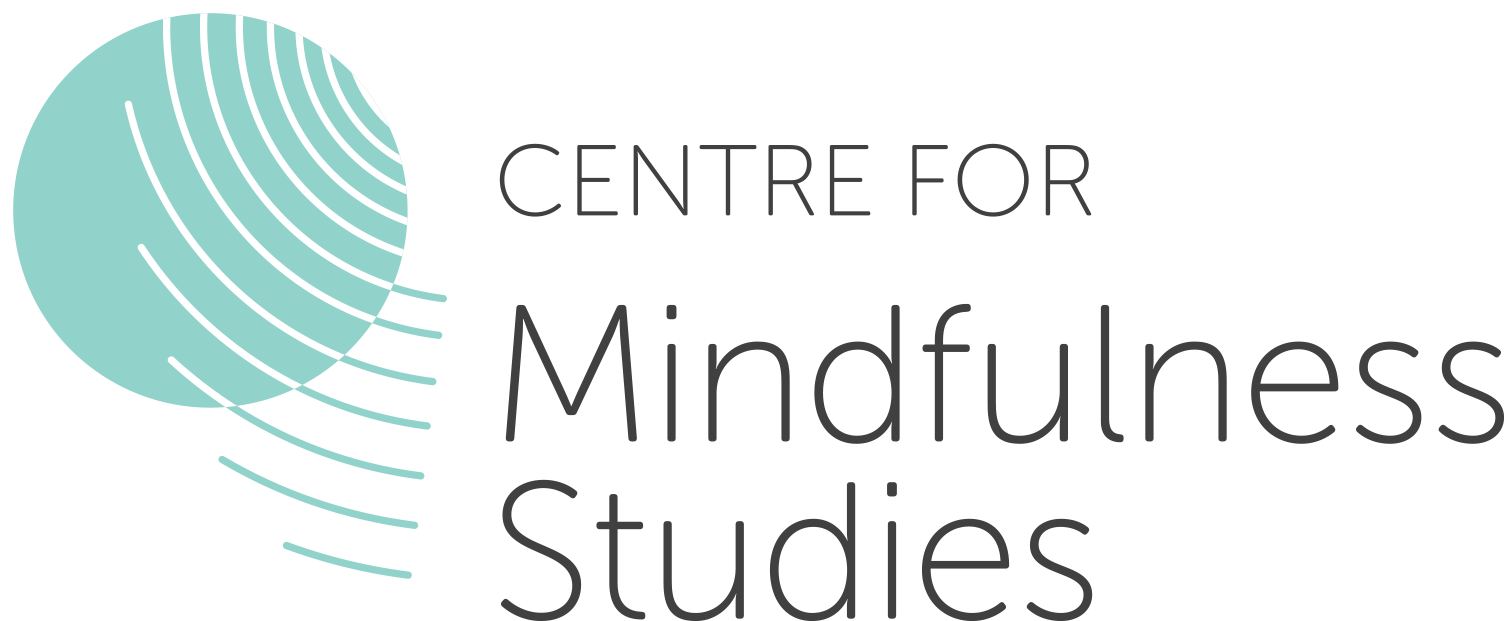Are our thoughts facts? The tendency to believe that our thoughts are the truth and nothing but the truth, can be the cause of much suffering—especially when we are caught up in the negative cascading thoughts so common to depressed, anxious or stressed states. It is like Ogopogo said, “We have met the enemy and he is us.”
It is during these times that our thoughts go around and around, getting nowhere in our attempts to feel better. This “doing” mode or problem solving approach—useful in so many other areas of our lives—is not so good for dealing with emotional distress. Whenever there is a sense of “I have to,” or “I should” we can be pretty sure we are in this mode. This is the kind of thinking we get into when we want things to be other than they are. We try to figure out why we are feeling the way we do, push the feelings away or avoid them.
We have many methods for getting away from emotional discomfort: obsessing, ruminating, eating, drinking alcohol or taking other drugs. Avoidance works in the short term. But the next time difficult thoughts come up, there we are in the same place as the last time; feeling disturbed, judging and criticizing ourselves for not being good enough, for being too weak or for making mistakes. David Loy refers to this as our universal “sense of lack”. It’s like we’re kicking ourselves when we’re already down.
There is another way of interacting with experience which Zindel Segal refers to as “being mode.” Being mode cultivates the conditions for mindfulness. Rather than thinking about our experience – we are actually in it, as it really is. For example, check in right now: What body sensations are you experiencing in this present moment? What are the thoughts hanging around? What emotions, if any are present?
In “being mode” we get to see how things change, both the pleasant and the unpleasant. The impermanence of our thoughts and moods is our friend once we see it. We get some space from being tied up in “knots” as RD Laing once put it.
Why bother? Sometimes, if we don’t resist our experience – like a crappy mood; complaining in our minds, wishing things were different, acceptance emerges. Something opens up and there is a taste of freedom.
As we work with mindfulness, our thoughts can begin to be heard as sensations of the mind, like music. Sometimes when we are mindful, we have the choice to listen or turn it off. When we are not, we forget there is choice and get carried off by the blues or country and western hurtin’ tunes, how we’re so “helpless”, how we “can’t get started” or how “you took my joy.”
When we give ourselves a bit of breathing room, we see, if only for a moment, our thoughts are not always facts. Mindfulness won’t get rid of pain but it can help us disrupt our thinking when it threatens to poison our mood or our day, turning the sky from blue to grey.


